ACADIANA TABLE
CAJUN  CREOLE
CREOLE
* * * HOME COOKING * * *
FROM THE
HEART OF LOUISIANA
GEORGE GRAHAM

INTRODUCTION:
WELCOME TO MY ACADIANA TABLE
A S YOU THUMB THROUGH THIS BOOK, I AM ASSUMING YOU ARE EITHER A FULL-FLEDGED FAN OF LOUISIANA COOKING OR JUST INTRIGUED BY FOOD THAT IS FOREIGN TO YOUR CULINARY COMFORT ZONE. IF YOURE IN THE FIRST CAMP, THEN THIS BOOK WILL CHALLENGE YOUR CONVENTIONAL WAY OF THINKING ABOUT CAJUN AND CREOLE CULTURE AND WILL REINFORCE YOUR LOVE OF IT WITH A DEEPER DIVE. BUT, IF YOURE JUST WINDOW SHOPPING FOR A QUICK GLIMPSE BEHIND THE CURTAIN, HOLD ON TO YOUR WOODEN SPOON, CINCH UP YOUR APRON, AND GET READY FOR A CULINARY TALE SPIN THROUGH THE SMOKY, SPICY, SMOTHERED, SEARED, AND SIZZLING HOT WORLD OF SOUTH LOUISIANA ROOTS COOKING AND THE PEOPLE WHO PRACTICE IT EVERY DAY.
THE ROOTS OF SOUTH LOUISIANA COOKING
Jambalaya, crawfish pie, fil gumbothese iconic dishes are all that most know about the food culture of Louisiana. But theres so much more. A few years ago, I embarked on a journey to peel back the layers of history and culinary mystery to reveal the cultural mystique of Cajun and Creole cooking and make it accessible for all. This is not a book about quick-and-easy, no-fuss shortcuts to a meal in minutes. On the contrary, it is an exploration of the cultural significance and time-honored techniques of one of Americas most unique food cultures. Learning to cook Cajun and Creole comes down to this: history, techniques, ingredients, methods, and a willingness to explore the culture of these colorful foodways.
From a food perspective, Acadiana is a unique region of Americathe culture is laid back and casual, but people take their cooking seriously and with an adventurous spirit. The old methods and traditional recipes are held in reverence, but changing tastes and innovative techniques are readily accepted. Multicultural influences have always blended with Cajun and Creole foodways, but never more than today.
This is food that folks hunger for. This isnt the branded and packaged, menu-tested and marketed, touristy trappings of a travel-weary visitor longing for a taste of authentic Louisiana food. No, its real foodroots foodcooked by real cooks connected to traditional food traditions fed by a pipeline of culinary artisans with skills that defy conventional cooking methods. It is taste, texture, and terroir. It is culinary artistry. It is my Acadiana.
MY CULINARY JOURNEY
For more years than Id like to count, Ive been immersed in the colorful Cajun and Creole food scene of my Acadiana. Ive been exploring the regions restaurants and honky-tonks, lunchrooms and dives, steam tables and smokehouses. Along the way, Ive been devouring its paned, fricassed, and touffed best; its fried, smothered, stuffed, grilled, and smoked delicacies; its cracklins, crawfish, and crabs; and its poboys, pig, and potent potions.
I drive the back roadspaths to culinary enlightenment, I call themcuriously searching for new tastes, new delights, new delicious discoveries. And Im never disappointed. Every trip, every stop, every chance meeting is a story to be told, a lesson to be learned. I live to eat. I love to cook. And I enjoy writing about it all. Ive owned a restaurant. Ive cooked on television, on the Food Network. And still, I am just as curious about food as when I had that first taste of a deep dark gumbo. This book is not an end to my journey, but rather a beginning of my exploration of what perfumes my world and adds spice to my lifeCajun and Creole cooking.
And this book reflects my love of the culture of Louisiana, the colorful eccentricity of its people, the joie de vivre of its many celebrations, and the uniqueness of its foodways. I am writing this book without any preconceived notion of whether you are a fan of Cajun and Creole cookingbut my mission is that, once youve read it, you will be.
BORN AND FED IN LOUISIANA
I was raised on a roux. My seasoned sense of taste, shaped at an early age by a black Creole cook who worked in my fathers restaurant, is responsible for my adventurous style of cooking. Long before I attained proper stovetop height, I stood on a wooden orange crate beside the commercial range near the back door of the busy kitchen in the Acme Caf and helped to stir the roux cooking on the stovetop. I recall times wearing a woolen mitten on my right hand to keep the explosive hot lavalike roux from splattering on mea cautionary measure I learned the hard way. (I still have the scar to prove it.) With a schoolboys curiosity, I soaked up, breathed in, and consumed every morsel of knowledge I could scrape from the bottom of that pot. Those experiences stirred my soul and fanned the flames of a culinary passion high enough to last a lifetime. I loved it so.
And there were other influences. My brother, Jackie, was a passionate cook; his Creole shrimp dip made the holidays extra special and extra spicy. My older sister, Marie, was the adventurous gourmet cook who left small-town Louisiana and cooked her way across America. My mother, Peggy, was a nurturing cook who understood that the kitchen is the heart of the home. Her fried chicken is the one I measure all others by. And my father, George, Sr., was a natural cook who took patient steps to share his knowledge with me. My recipes for ribs and my dads famous Chic Steak Sandwich are just a couple I learned at his hand, in his kitchen.
And these days, my wife, Roxanne, shares her passion for Cajun cooking and her treasure trove of knowledge passed down from generations of good cooks. My daughter, Lauren, continually challenges my adventurous side with her youthful approach to food with a focus on freshness. In our family of cooks, there is constant experimentation and no room for culinary complacency.
I am inspired by the talent of the many celebrated chefs of Louisiana: John Folse, Emeril Lagasse, John Besh, Donald Link, and Paul Prudhomme, among others. I admire their love of Louisiana and their passion for preserving and promoting its foodways. From Chef Prudhomme, I learned the importance of layering flavors: want to add water, stop, add stock instead; time to add dried rosemary, think again, add fresh; reaching for a store-bought roux, forget it, make your own. Remember, there are no shortcuts in the quest for excellence.
THIS COOKBOOK
Truth be told, I never made a conscious decision to write a cookbook, but looking back, I can now see it was destined. My culinary path was lined with signposts, and what began with a love of eating, and then cooking, quickly turned into recipe development, writing, photography, and bloggingall with a focus on food. The cookbook was inevitable.
When you browse the table of contents, you will see an eclectic array of recipes, but when you look at the collective body of work, I believe you will begin to understand the depth and breadth of Acadianas vast culinary culture. There are lessons to be learned here: not just cooking, but also a deep understanding of the culture that has preserved these recipes and methods for generations.





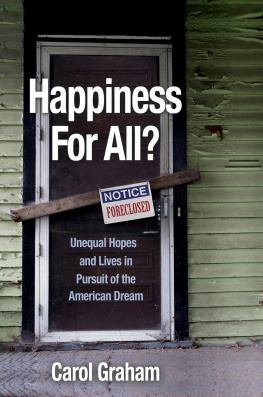
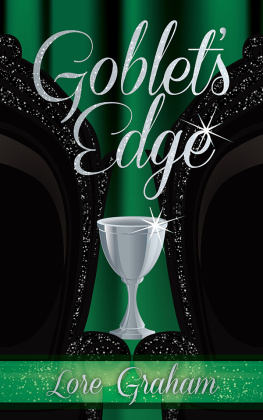

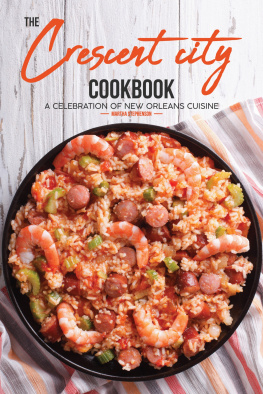
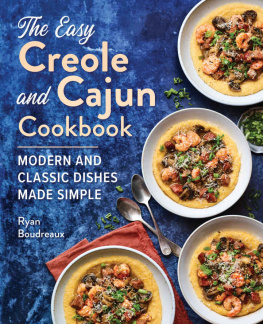

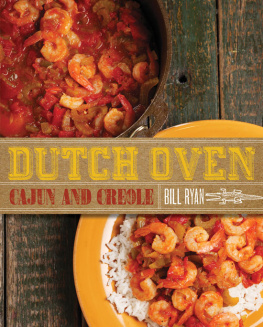
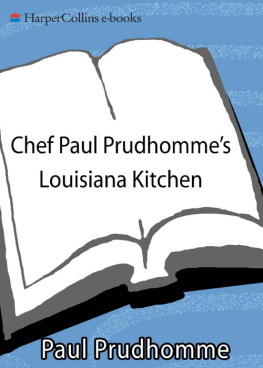
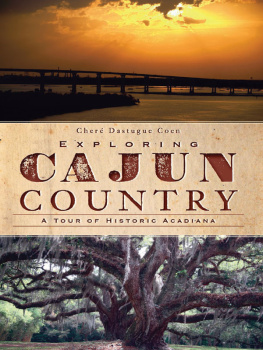

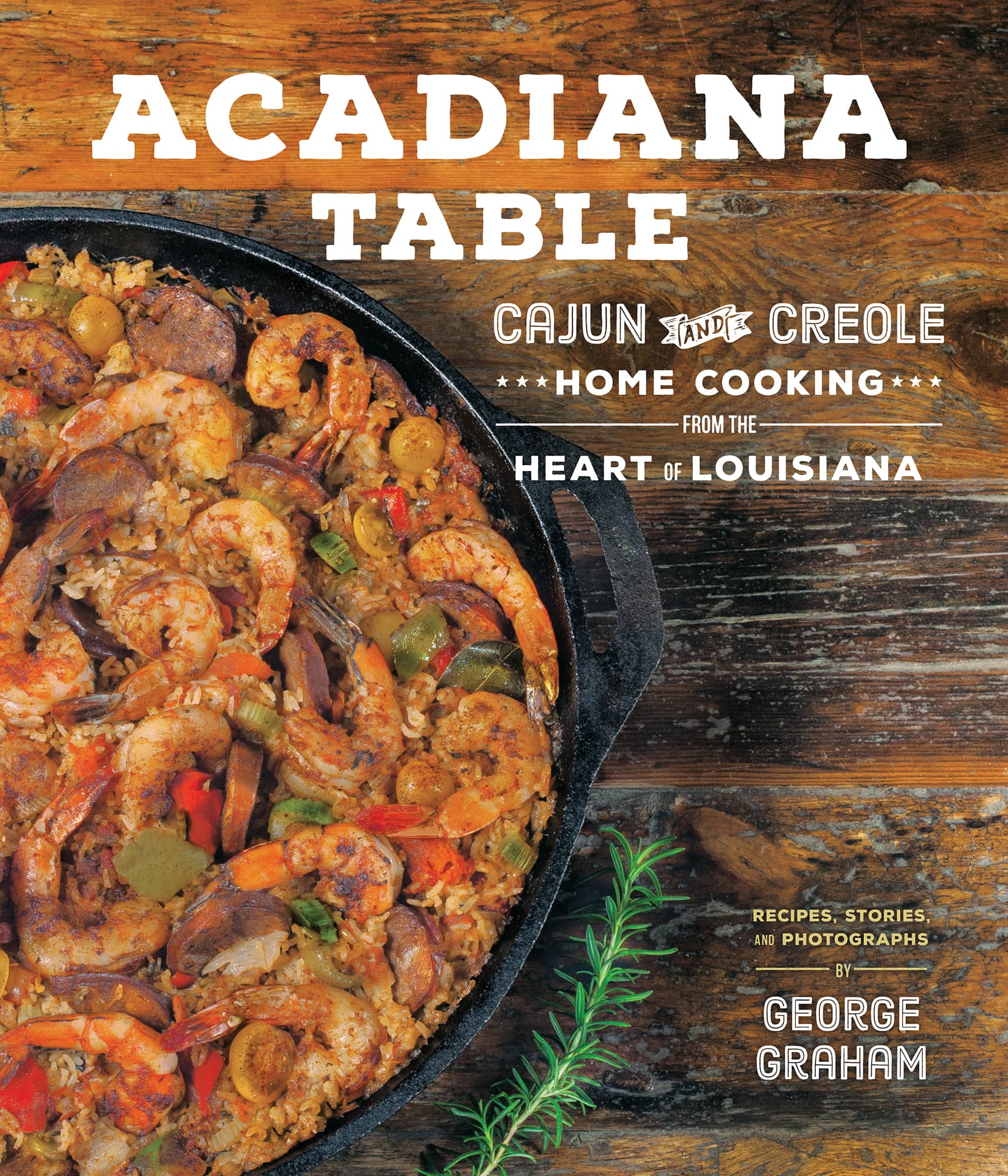
 CREOLE
CREOLE

